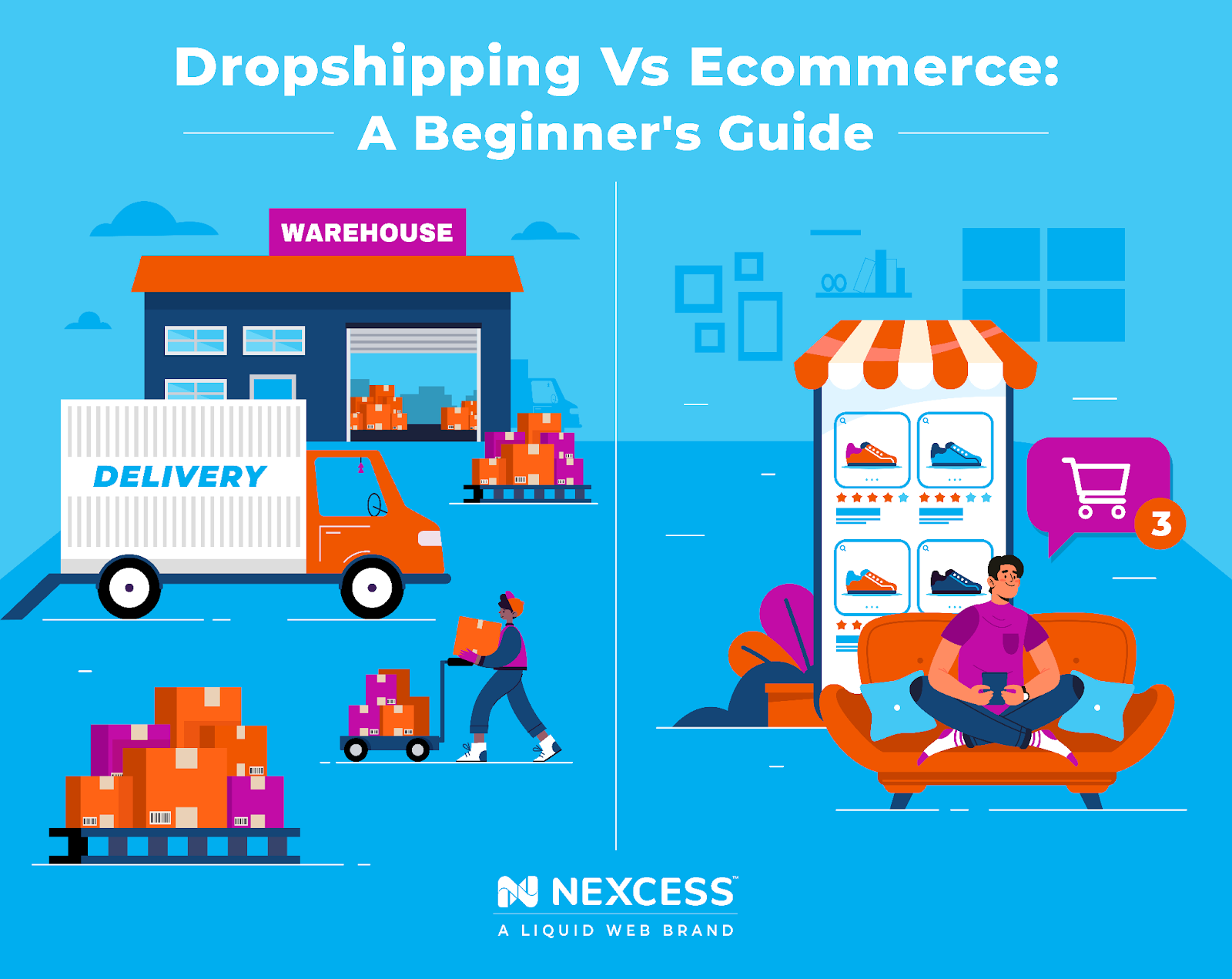E-commerce involves selling products online through a website or an online marketplace. Dropshipping is a business model within e-commerce where the seller doesn't keep inventory but instead fulfills customer orders by purchasing products from a third-party supplier who directly ships them to the customer. This eliminates the need for inventory management and upfront investment in stock.
Setting Up an Online Store
To start an e-commerce business, follow these steps:
Choose a niche: Identify a target market and select a niche that aligns with your interests, passion, and market demand.
Register a domain name: Choose a unique and memorable domain name for your online store.
Select an e-commerce platform: Consider platforms like Shopify, WooCommerce, or BigCommerce to set up and manage your online store easily.
Design your store: Customize your store's appearance, layout, and branding to create a professional and appealing online shopping experience.
Set up payment gateways: Integrate payment processors like PayPal or Stripe to securely process customer transactions.
Create product listings: Write compelling product descriptions, upload high-quality images, and set competitive prices to attract customers.
Implement security measures: Ensure your online store is secure by using SSL certificates and implementing secure checkout processes.
Optimize for search engines: Apply search engine optimization (SEO) techniques to improve your store's visibility and attract organic traffic.
Product Selection and Sourcing
When dropshipping, selecting profitable products is crucial. Consider the following tips:
Conduct market research: Identity popular and trending products within your niche using tools like Google Trends, social media platforms, and keyword research.
Evaluate competition: Analyze competitor stores and assess their product offerings, pricing, and customer reviews.
Find reliable suppliers: Research and partner with reputable suppliers or manufacturers who can provide quality products and reliable shipping services.
Test product quality: Order samples from potential suppliers to evaluate the product quality, packaging, and delivery times.
Marketing and Customer Acquisition
To drive traffic and increase sales for your e-commerce store, implement effective marketing strategies:
Content marketing: Create valuable and informative content related to your products through blog posts, videos, or social media to attract and engage potential customers.
Social media marketing: Leverage popular social media platforms to showcase your products, engage with your audience, and run targeted advertisements.
Influencer marketing: Collaborate with influencers within your niche to promote your products to their engaged audience.
Email marketing: Build an email list of interested customers and send regular newsletters, promotions, and personalized offers to encourage repeat purchases.
Search engine marketing: Invest in paid advertising, such as Google Ads, to appear prominently in search engine results for relevant keywords.
Customer service and reviews: Provide exceptional customer service and encourage satisfied customers to leave positive reviews, which can build trust and attract new customers.
E-commerce and dropshipping offer opportunities to start and scale an online business without the need for a physical storefront or inventory. By selecting the right niche, setting up an appealing online store, sourcing quality products, and implementing effective marketing strategies, you can establish a successful e-commerce business. It's important to stay updated with industry trends, continuously optimize your store, and focus on providing a positive customer experience to thrive in the competitive e-commerce landscape.








0 $type={blogger}:
Post a Comment